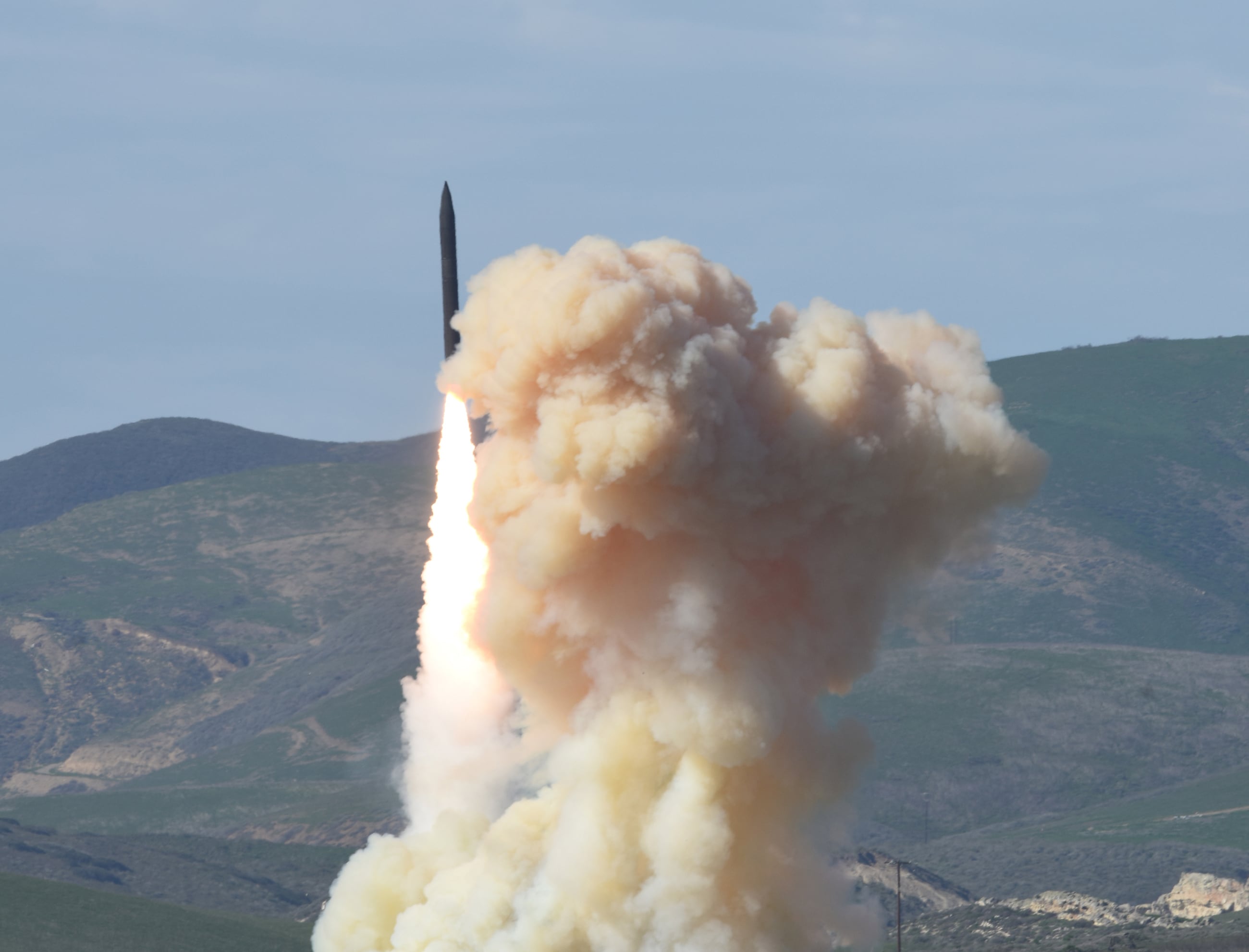Recognizing the seriousness of the growing threat to the Asia-Pacific region and the United States, it was a welcome sign that President Donald Trump recently reclassified North Korea as a state sponsor of terrorism. This designation puts North Korea under increasingly harsher sanctions to reinforce the nonnegotiable denuclearization of the Korean Peninsula.
Upping the ante, China and some of its banking and industrial institutions are finally being precisely targeted in an effort to apply much-needed diplomatic and economic pressure to the one country responsible for allowing North Korea to grow into this threat. The region is on edge and is looking to the United States to take a leadership role to help build up their defenses, especially with ballistic missile technology and systems.
The previous administration’s phased, adaptive approach to regional ballistic missile defense was designed to phase in additional capability as it became available and adapt to changes in the threat. This effort on land and at sea in Europe, the Middle East and the Asia-Pacific region includes a focus on getting allies and partners to deploy their own missile defense capabilities and working to integrate them with U.S. systems to improve regional protection. Although President Trump stated that “[North Korea] must end its unlawful nuclear and ballistic missile development,” this approach must also be met with even further credible and capable actions that serve to bolster the regional defenses of our allies.
The current Ballistic Missile Defense Review, being conducted by the Department of Defense, will examine the administration’s policies for protecting U.S.-deployed forces, allies and partners around the globe. Key steps in this effort include the expansion of the missile defense toolkit available to combatant commanders and national-level decision-makers, to include cyber, drones and directed energy. Even with these rapidly improving programs, it is critical that we continue to apply pressure quietly but directly on China while simultaneously investing in proven missile defenses that exist today.
RELATED

North Korea continues to improve the success rate of its ballistic missile programs, along with maintaining an active nuclear weapons program. Coupled with this development, Russia, China and Iran have large stockpiles of both ballistic and cruise missiles, and they are increasing their arsenals with a proven propensity to proliferate these weapons. Of particular concern is Russia, which has demonstrated a willingness to develop a cruise missile with a range that violates the Intermediate-Range Nuclear Forces Treaty, intimidate and threaten Europe, and gain valuable operational experience in the deployment and operational use of cruise missiles in Syria. The conflux of these threats drives the need for a credible response.
First, the U.S. Navy should increase the number of destroyers that are equipped with missile defense capability. Currently, there are 33 ships capable of performing the missile defense mission, but providing this capability for all 62 currently operating Aegis destroyers should be a top priority. As with any program of this magnitude and scope, Congress must adapt to the evolving order of the threat to our nation and adopt a multiyear procurement system for the purchase of SM-3 and SM-6 interceptors to strengthen missile defense at the lowest cost to taxpayers.
Second, the administration should deploy additional land-based anti-ballistic missile systems for the protection of deployed forces and allies, while reducing the burden on the naval fleet. The full range of land-based missile defense interceptors — Terminal High Altitude Area Defense, Patriot and Aegis Ashore — remain high-demand, low-density assets. With only six operational THAAD batteries, this is an unacceptably low number that constrains combatant commanders because they are not available in sufficient numbers to counter emerging worldwide threats.
Third, the president should direct the modernization and integration of all regional sensors and weapons systems — to include those allied systems that are compatible with U.S. capabilities — to ensure a broader and more effective missile shield. A cornerstone of this enhanced capability is a cost-effective architecture that will provide the clearest picture of the ballistic missile battlefield and increase the chances of a successful intercept.
In short, the sum is greater than the parts.
The U.S. must continue to exercise every instrument of national power to deter further development of North Korean nuclear weapons and ballistic missiles. China knows it is key to this process. The continued deployment of ballistic missile capabilities coupled with regional weapons-system integration will make China realize the futility of supporting a government and regime that has no future as either an economic partner or buffer state. The threat can and must be addressed head-on and ultimately result in a nuclear-free Korean Peninsula.
Retired Cmdr. Kirk Lippold was the commanding officer of the U.S. Navy destroyer Cole when it survived an attack by al-Qaida. He is a national security expert who currently serves as the president of Lippold Strategies. The opinions expressed in this commentary are his own.








